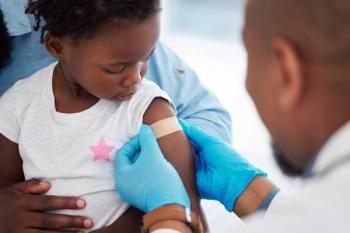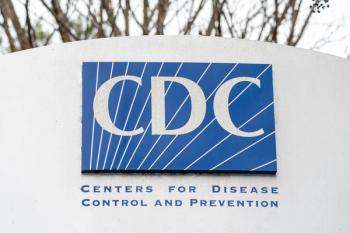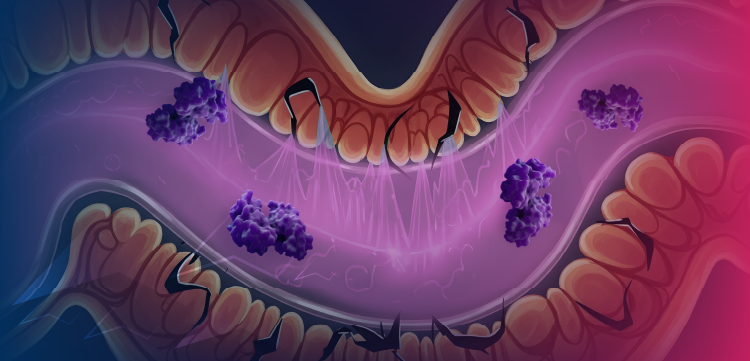
Social contagion theory for trans teens challenged
Social contagion theory—or the effect of a peer’s actions on one’s own choices—has been attributed to all sorts of adolescent behaviors including participation in social media challenges, cigarette smoking, and academic involvement.
But a new study refutes any link between social contagion theory and transgender or gender diverse trends among teens, despite concerns that rates of teens identifying as transgender may be influenced by trending sexuality and gender identity shifts.
The study, published in Pediatrics, used data from the 2017 and 2019 Youth Risk Behavior Survey. In this survey, data was collected across 26 states, calculating that ratios of adolescents who identify with a gender other than the one they were assigned at birth.
Anecdotally, some pediatric gender clinics have been reporting an increase in gender diversity among teens assigned female at birth (AFAB) more than those assigned male at birth (AMAB), according to the authors, so the analysis also compared these trends.
What the research team found was that despite any appearance of trends at a clinic level, national study data does not support the theory that social pressure or assigned gender at birth has any impact on adolescent feelings toward gender identity.
More recently, the authors note that some legislative debates have implied that teens who are AFAB are more vulnerable than AMAB to the social contagion effect of gender diversity. The researchers warn that this hypothesis—effectively invalidated by this study—carries a threat of fueling efforts to deny gender-affirming medical care or even criminalizing these services.
The research teams reports that a poll of nearly 100,000 teens for each study year found that the overall number of teens identifying as transgender decreased from 2.4% in 2017 to 1.4% in 2019. Ratios of AMAB versus AFAB identifying as transgender also didn’t match a social contagion theory or the insinuation that females are more vulnerable to transgender trends, with AMAB:AFAB ratios dropping from 1.5:1 in 2017 to 1.2:1 in 2019.
Another goal of the study was to address the notion that more teens are making decisions about their gender identity based on “social desirability.” In reality, the study reveals that transgender youths are significantly more likely to be bullied—both in person and through electronic means—than both heterosexual and sexual minority cisgender peers.
The findings of the study refute any suggestion that teens are identifying with other genders to improve their social status, illustrating instead the fact that transgender teens have even higher rates of bullying and victimization than non-transgender teens who are in the sexual minority. Researchers also highlight the fact that instead of showing transgender identification trends in AFAB teens increased, it was really AMAB transgender identification that decreased, creating an illusion that AFAB were more vulnerable to questioning their gender.
Turban JL, et al. Sex Assigned at Birth Ratio Among Transgender and Gender Diverse Adolescents in the United States. Pediatrics. 2022;150(3):e2022056567. doi:10.1542/peds.2022-056567
Newsletter
Access practical, evidence-based guidance to support better care for our youngest patients. Join our email list for the latest clinical updates.










